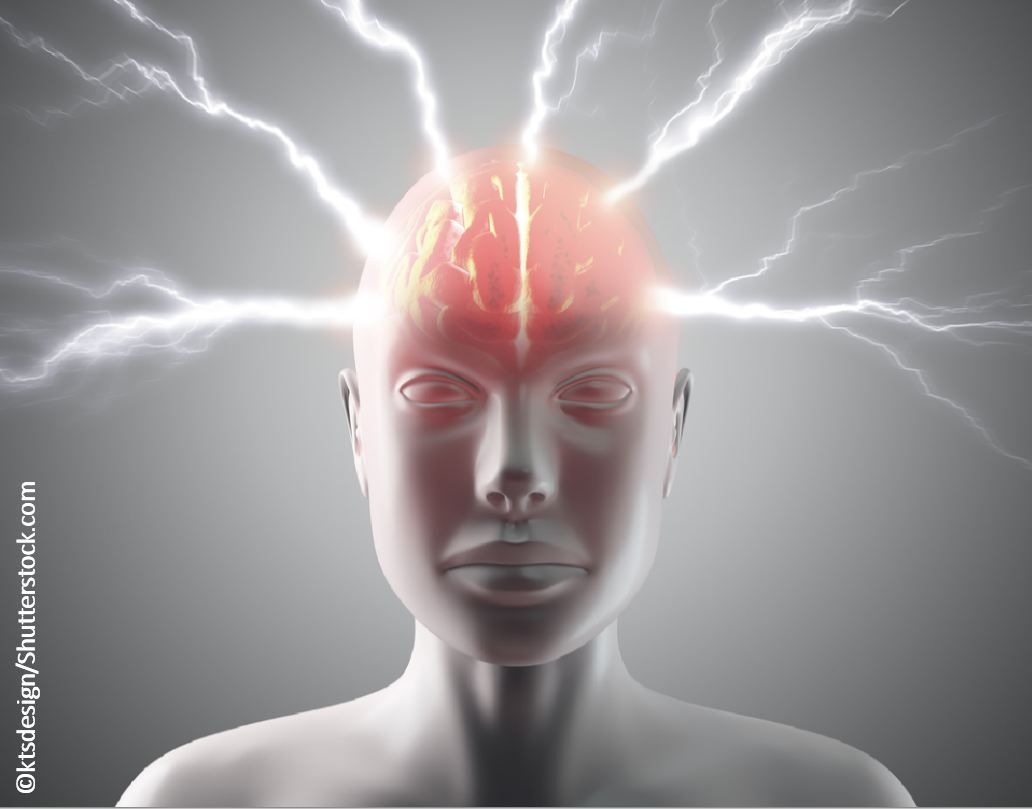- Clinical Technology
- Adult Immunization
- Hepatology
- Pediatric Immunization
- Screening
- Psychiatry
- Allergy
- Women's Health
- Cardiology
- Pediatrics
- Dermatology
- Endocrinology
- Pain Management
- Gastroenterology
- Infectious Disease
- Obesity Medicine
- Rheumatology
- Nephrology
- Neurology
- Pulmonology
Migraine and Abuse: A Powerful Lesson Learned
One of my migraine patients taught me that I need to ask the very hard questions if I want to offer the best possible care.

As a headache certified specialist, I felt comfortable in my history-taking skills and management of migraine including even the complicated chronic migraine patients. My patients seemed to open up to me about their personal lives and I recognized and treated depression, anxiety, hormonal issues, endometriosis, and other comorbid conditions of migraine.
I was treating CH, a 37-year-old woman, for her chronic migraines, depression, anxiety, and ADHD. I was about to learn a valuable lesson in her particular management that would continue to help me with others. I asked her to participate in a confidential multicenter survey study that we were conducting through the Women’s Issues Section of the American Headache Society. The study’s objective was to examine the prevalence of childhood maltreatment and adult revictimization in migraineurs and the association with sociodemographic factors, depression and anxiety. Survey questions focused on current depression and anxiety; history and severity of childhood abuse and neglect; history of adult physical and sexual abuse. Responses were sent electronically to the lead investigator and all responses were confidential. Patients who agreed to participate were given a PalmPilot device and answered the survey questions in a private setting for about 20 minutes. CH agreed to complete this survey.
Months passed and CH returned for a follow-up visit. She mentioned the survey she completed and said she had never told me about her past but felt that I should now know. She grew up being abused by an older brother and never told anyone. She seemed relieved to now be telling me about her abusive childhood.
After this visit and continuing to the present, I felt more connected to CH and our collaborative relationship has continued. She still has chronic migraine but her condition has become more manageable. I have now learned to ask about past history of childhood abuse including neglect, sexual, physical, and emotional. I have also learned to screen for current abuse especially in my chronic migraine patients who are not doing well.
Results of this multicenter study were published in Headache: The Journal of Head and Face Pain in 2010.1-3 A total of 1348 migraineurs (88% women) were included. Chronic migraine was reported by 34%, not unexpected since the centers were all headache centers in the US and Canada. The prevalence of childhood maltreatment types was:
⺠Physical abuse 21%
⺠Sexual abuse 25%
⺠Emotional abuse 38%
⺠Physical neglect 22%
⺠Emotional neglect 38%
All types of childhood abuse and neglect are strongly associated with remote and current depression and anxiety, and the relationship strengthens with an increasing number of maltreatment types. In addition, a high rate of revictimization in adulthood exists. Further analysis revealed that emotional abuse was a risk factor for headache chronification (transformation from episodic to chronic). In addition, childhood maltreatment was strongly associated with comorbid pain conditions.
What did this experience with CH teach me?
I learned to not be afraid to ask those difficult questions about past or current history of abuse. And I learned that in order to help my patients feel comfortable enough to answer questions like these, I need to provide a safe environment including a quiet exam room with no family members or medical students in the room, and a plan for follow-up including a list of therapists who specialize in helping victims of abuse. My need to screen for abuse increases with patients who have chronic migraine and comorbid conditions including depression, anxiety, PTSD, and fibromyalgia.
My experience with CH made me a better physician. For that, I am and will always be grateful.
References:
1. Tietjen GE, Brandes JL, Peterlin BL, et al. Childhood maltreatment and migraine (part I). Prevalence and adult revictimization: a multicenter headache clinic survey. Headache. 2010;50:20-31.
2. Tietjen GE, Brandes JL, Peterlin BL, et al. Childhood maltreatment and migraine (part II). Emotional abuse as a risk factor for headache chronification. Headache. 2010;50:32-41.
3. Tietjen GE, Brandes JL, Peterlin BL, et al. Childhood maltreatment and migraine (part III). Association with comorbid pain conditions. Headache. 2010;50:42-51.
